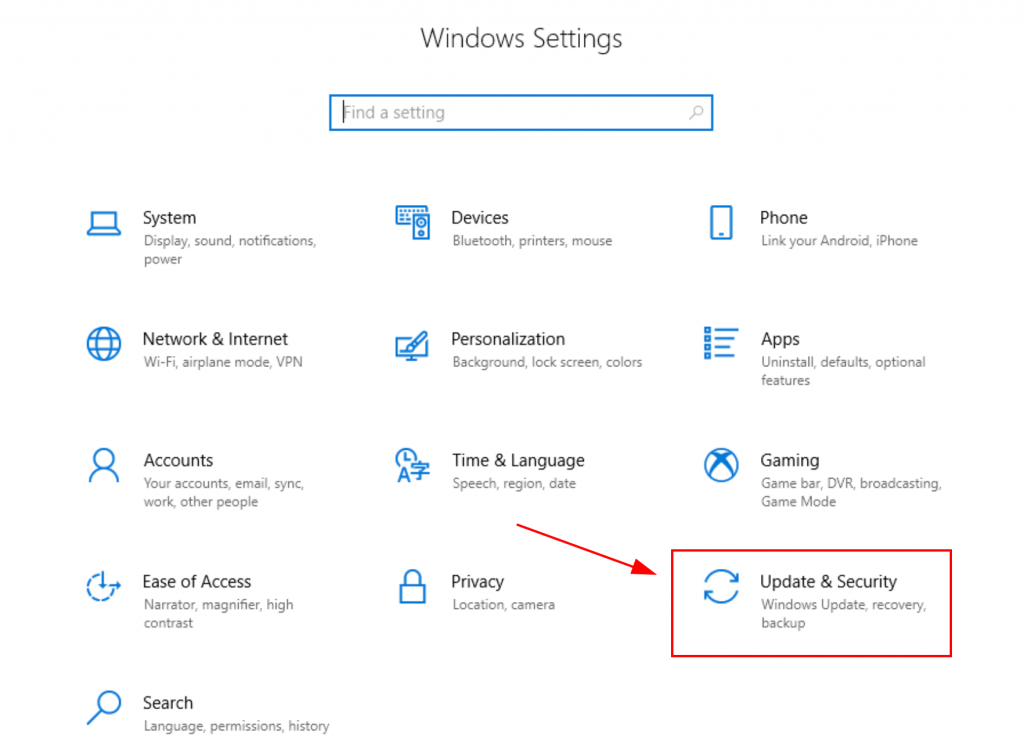Upgrade To Windows 11
Windows 10 will reach the end of support on October 14th 2025, which means you will no longer have access to technical assistance, security and feature updates… so now’s the time to upgrade to Windows 11, which is more modern, secure and more efficient.
It is possible to continue using your PC, laptop and other devices that run on Windows 10 without software and security updates, but note that you will face greater risks of viruses and malware.
The good news is that it’s free to upgrade to Windows 11, but only hardware that’s running Windows 10 version 22H2 and which meets the minimum specifications will be able to do so.
Why upgrade to Windows 11
Windows 11 has a range of new features all designed with simplicity in mind to inspire creativity and productivity among users.

These include:
Whether you’re a business owner looking to upgrade all your hardware or someone with a personal computer keen to take full advantage of all that Windows 11 has to offer, the Digital Doctors team can help you with all your IT support needs.
As a Dell Expert Partner and wholesale access to many of the main tech brands, such as HP and Lenovo, we’re perfectly placed to provide you with all the help you need.
We can carry out all necessary systems checks and security configurations, as well as providing staff training as and where appropriate, to ensure that the software migration is seamless, efficient and free from stress.
We also provide post-upgrade support, monitoring system performance, dealing with glitches and fine tuning your settings to keep everything running at optimum levels.
Not ready to make the move?
Windows 10 has been the bedrock for computers since 2015… a decade! So it is understandable that there may be some reluctance to make the switch. The good news is Microsoft has recognised this and created the Extended Security Update (ESU) program to help.
Here’s how the ESU program works
Give Digital Doctors a call to find out how the program works, what you need to do to enrol and what has changed. Instructions can also be tailored for your particular edition (Home vs Pro vs Enterprise).
What is Extended Security Updates?
Key Requirements Before You Can Enroll
Before ESU can be enabled, your PC must meet certain criteria:
- Windows 10, version 22H2 must be installed. (Microsoft Learn)
- A specific update/patch must be applied: KB5063709 (this patch fixes some bugs and is required so the ESU enrollment option shows up for everyone) (TechRadar)
- You’ll need to be signed in with a Microsoft account (for most consumer-level ESU enrollment). Local accounts are no longer sufficient. (Tom’s Hardware)
How to enrol in ESU (consumer version)
If your device meets the prerequisites, here’s what to do to enrol:
- Go to Settings → Update & Security → Windows Update. (Windows Central)
- Click “Check for updates” to make sure you have the latest patches (like KB5063709) installed. (TechRadar)
- If eligible, you should see a prompt in Windows Update saying something like “Enroll this PC in Extended Security Updates” or “This device is eligible for ESU.” (Windows Central)
- Click Enroll, then you’ll be offered options (depending on Microsoft’s rollout in your region):
- Free option: if you’re backing up PC settings to the cloud using a Microsoft account. (Windows Central)
- Or using Microsoft Rewards points (often ~1000 points) to redeem the ESU subscription. (Windows Central)
- Or a one-time paid purchase (around $30 for consumers) if you don’t use the free/rewards option. (The Verge)
- Follow the on-screen instructions to finish enrollment. After that, you should see a status message in Windows Update like: “Your PC is enrolled to get Extended Security Updates”. (Windows Central)


